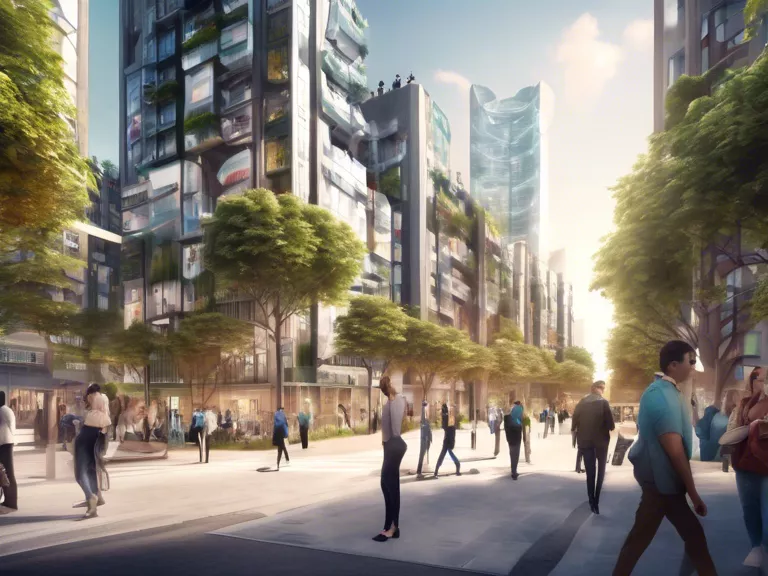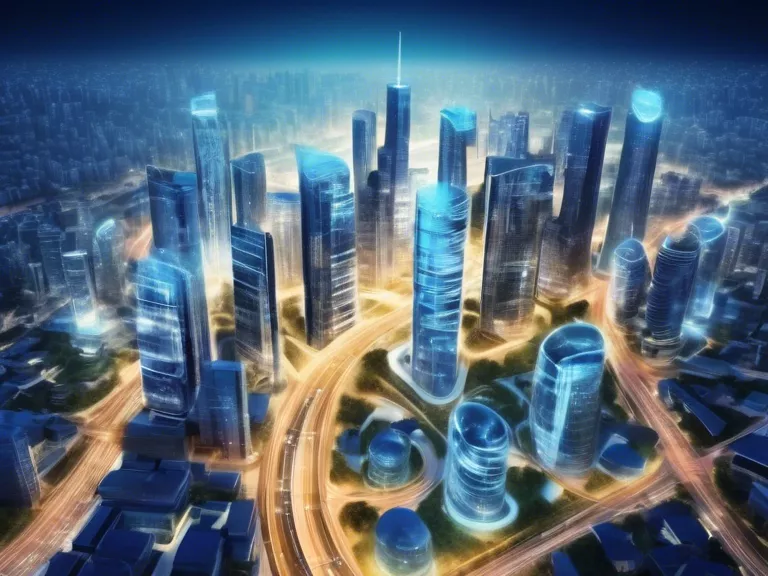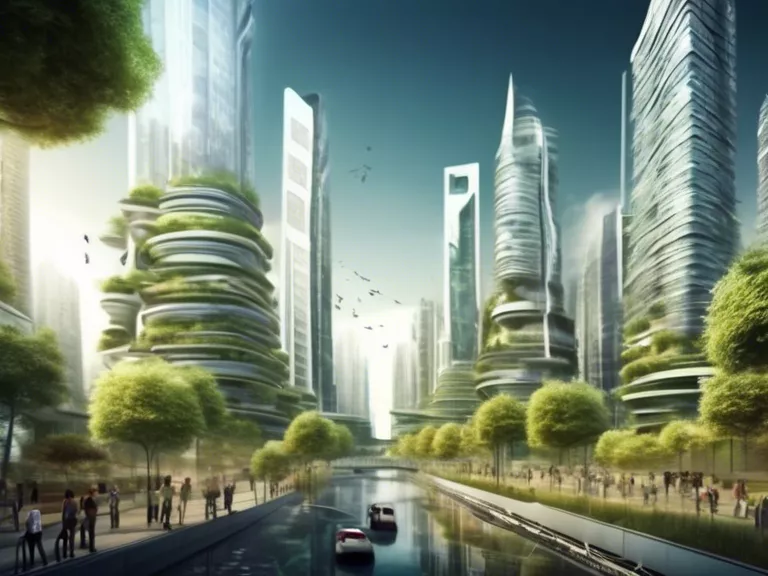
Introduction
Urban design plays a crucial role in shaping the way we live, work, and interact with our cities. With the rapid advancement of technology, integrating smart solutions into urban design has become essential to create more sustainable, efficient, and livable cities. In this article, we will explore how smart technology is elevating urban design and transforming our urban environments.
Smart Technology in Urban Design
1. IoT and Data Analytics
The Internet of Things (IoT) enables various devices and sensors to collect and transmit data in real-time. By harnessing the power of IoT and data analytics, urban planners can gather valuable insights into traffic patterns, energy consumption, air quality, and more. This data-driven approach allows for better decision-making and more efficient resource allocation.
2. Smart Infrastructure
Smart infrastructure, such as intelligent transportation systems, smart lighting, and integrated waste management systems, can enhance the overall functionality and sustainability of urban areas. These systems optimize energy usage, reduce waste, and improve the quality of life for residents.
3. Urban Mobility Solutions
Smart technology has revolutionized urban mobility with the introduction of ride-sharing services, electric vehicles, and autonomous vehicles. These innovations not only reduce traffic congestion and emissions but also provide more accessible and convenient transportation options for city dwellers.
Benefits of Smart Urban Design
1. Sustainability
By incorporating smart technology into urban design, cities can significantly reduce their environmental footprint. Energy-efficient buildings, green infrastructure, and smart waste management systems contribute to a more sustainable and eco-friendly urban environment.
2. Improved Quality of Life
Smart urban design enhances the quality of life for residents by creating safer, more accessible, and healthier communities. Features like smart street lighting, pedestrian-friendly infrastructure, and efficient public transportation systems make cities more livable and enjoyable for all.
3. Economic Growth
Investing in smart technology and innovative urban design can drive economic growth and attract businesses, investors, and talented professionals to urban areas. Smart cities are seen as hubs of innovation and entrepreneurship, fostering a thriving economy and creating new opportunities for growth and development.
Challenges and Considerations
While smart technology offers numerous benefits for urban design, there are also challenges that need to be addressed. Privacy concerns, cybersecurity risks, digital divide, and data governance issues are some of the key considerations that urban planners must navigate to ensure the successful implementation of smart solutions.
Conclusion
In conclusion, smart technology is revolutionizing urban design and paving the way for more sustainable, efficient, and livable cities. By harnessing the power of IoT, data analytics, and smart infrastructure, urban planners can create urban environments that are not only technologically advanced but also inclusive, resilient, and future-proof. Embracing smart urban design is essential to building the cities of tomorrow and improving the quality of life for all residents.

